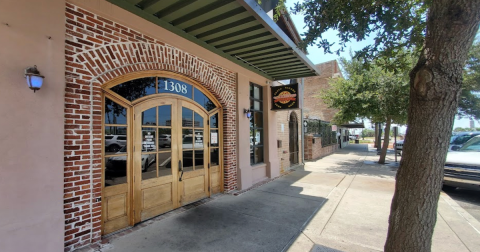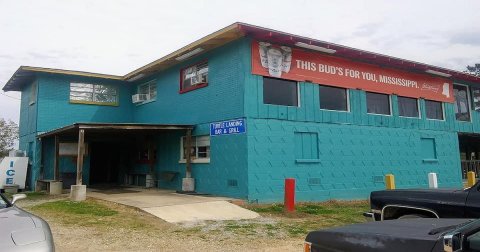What You'll Discover In These 8 Deserted Mississippi Towns Is Truly Grim
Over time, every town in Mississippi has experienced change. Some towns have flourished, while others have simply dwindled away, becoming nothing more than ghost towns. Long gone, these abandoned towns all have interesting stories to tell; here are eight perfect examples.
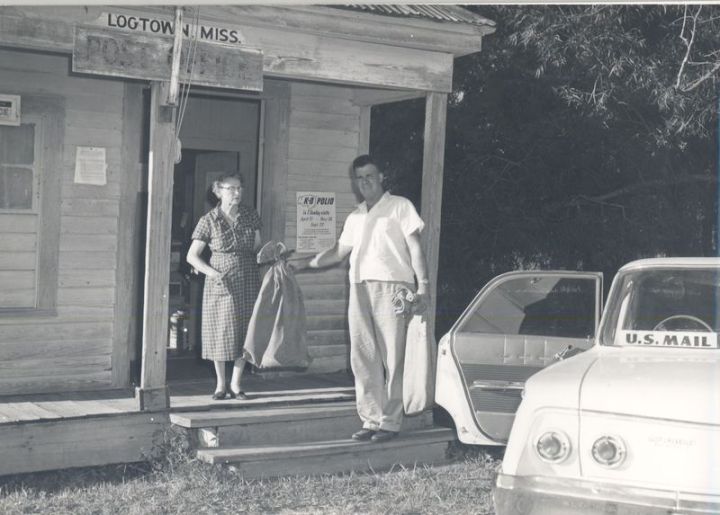
In 1889, the H. Weston Lumber Company was founded in Logtown and transformed it into one of the country’s largest lumbering centers. At its peak, the town was home to 3,000 residents but all that changed in 1930, when the H. Weston Lumber Company went out of business, leading to Logtown’s rapid decline. By 1961, NASA acquired the area and the remaining 250 residents relocated.
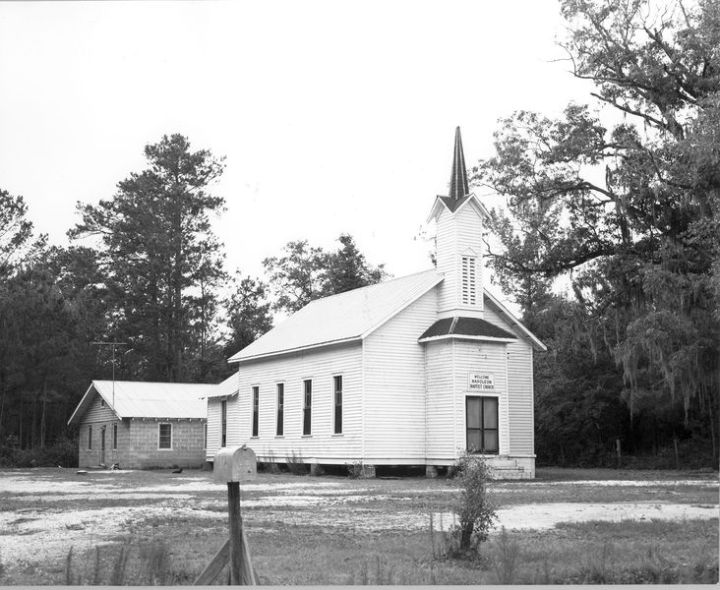
Although records indicate that efforts were made to "build up" Napoleon, the town remained rather small; however, it did include a saw mill, brick yards, a naval store, several homes, Hancock County’s first printing press, and a post office. The town came to an official end when the land was obtained by NASA for the construction of the Stennis Space Center.
Advertisement
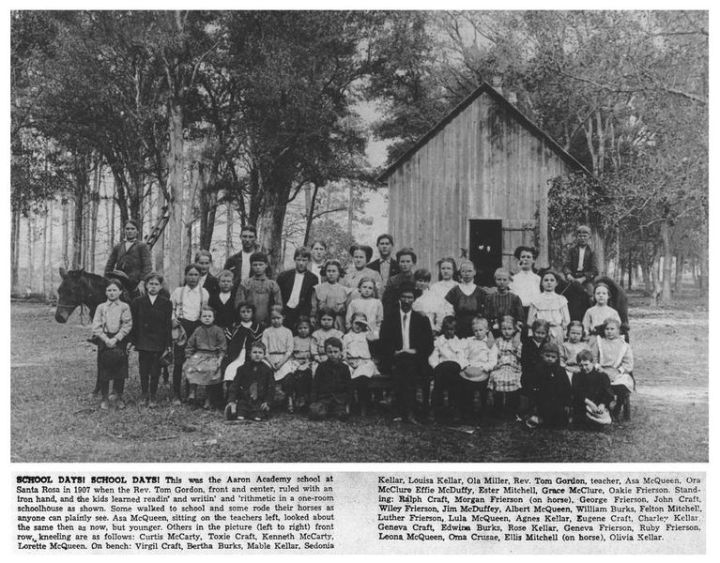
The area that was once Santa Rosa is now the northern part of the buffer zone of Stennis Space Center. The town never grew too large and even at its peak included only a few homes, stores, churches, a post office, the local schoolhouse (Aaron Academy), and a few bars, which were often closed at the urging of local churches only to reopen shortly after.
Advertisement
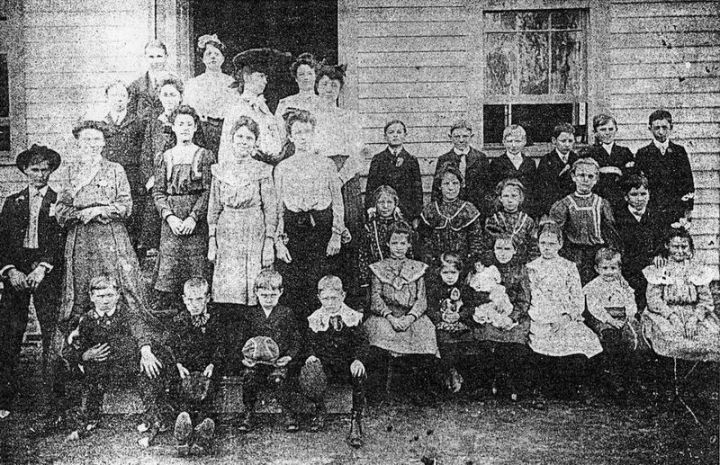
Located just east of Logtown, Westonia was a sawmill and railroad town that was named for Horatio Weston. At its peak, the town had churches, stores, one hotel, a school, and two artesian wells. Since Westonia was located along the H. Weston Lumber Company Railroad, the town was greatly affected when the lumber company shut down in 1930. This fact, coupled with the Great Depression, led to Westonia’s demise. By 1963, when NASA was considering using the land for the Stennis Space Center, the town was practically obsolete.
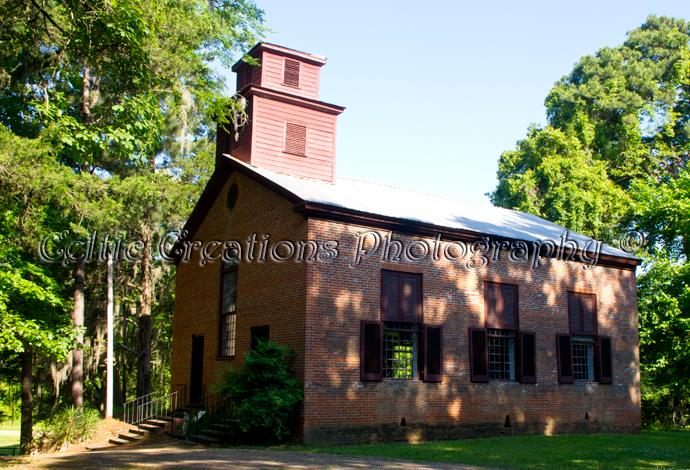
By 1860, Rocky Springs was a prosperous community with a population of over 2,500, but by 1940 there wasn’t a single resident left. Between the effects of the Civil War, two Yellow Fever outbreaks, and a boll weevil epidemic, Rocky Springs seemed somewhat doomed. Today, all that’s left of the once prosperous town is a church, cemetery, and remnants of an old post office safe and a cistern.
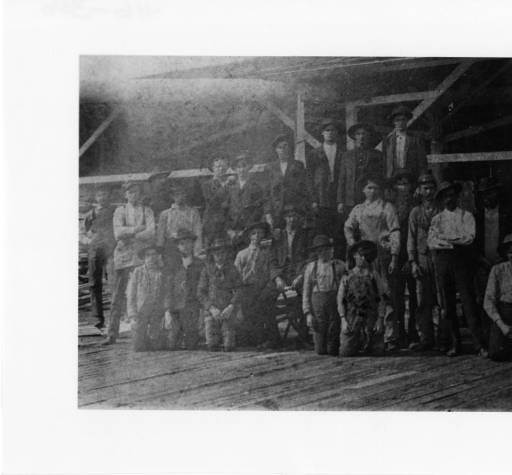
Located just north of Poplarville, Orvisburg was a lumber town that got its start in 1890, when the Champion Lumber Company built a circular mill in the area. In 1917, the mill was closed since the owner was opening a more modern mill in Lumberton; however, that same year, a new mill was opened by the Cecil Lumber Company at the site of the original mill. Eventually, the mill closed for good and as is the case with many lumber towns, Orvisburg quickly withered away.
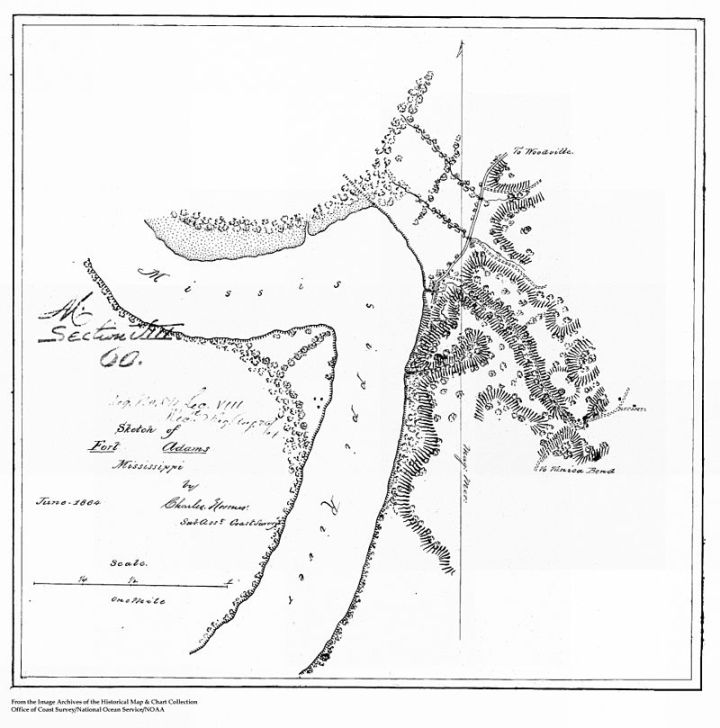
Named after President John Adams, the area that became Fort Adams was acquired by the United States with the signing of the Treaty of San Lorenzo in 1795. By 1798, the site was considered a prime location for a military post because of its position on a bluff overlooking the Mississippi River. Several years later, Fort Adams served another significant purpose – it was the site of the negotiation and signing of a treaty between the Choctaw Indians and the United States, which is known as the Treaty of Fort Adams. Eventually, the Mississippi River changed course, forever changing Fort Adams.
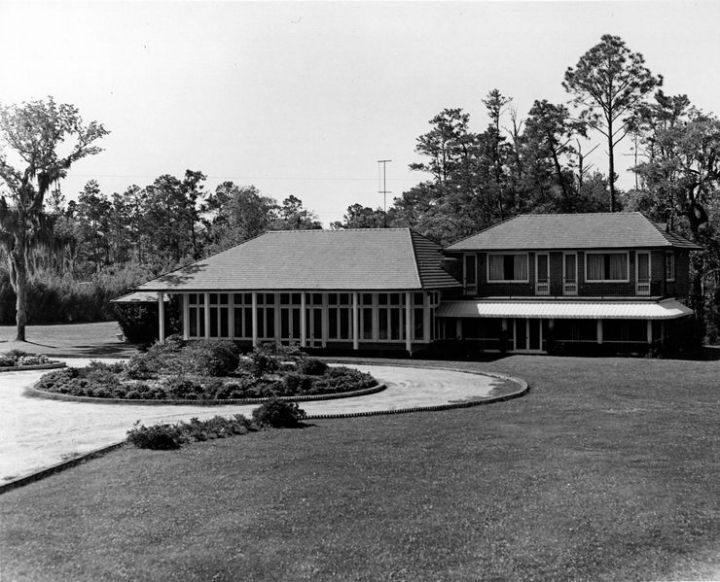
Many years ago, several "crossroads towns" were located near what is now the eastern edge of the Stennis Space Center’s buffer zone. The most significant of these towns was Dillville. At its peak, Dillville included a post office, school, and the company Dill & Vizard, which produced pitch, rosin, turpentine, and other products made from pine resin. The town was also the site of Star Route Farm, one of the most valuable homes in the area.
Did you know about these Mississippi ghost towns?
OnlyInYourState may earn compensation through affiliate links in this article. As an Amazon Associate, we earn from qualifying purchases.


